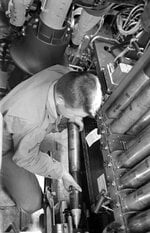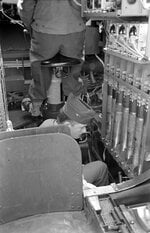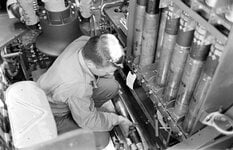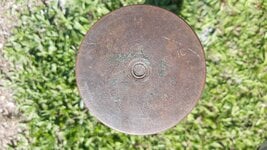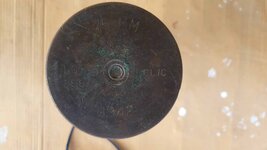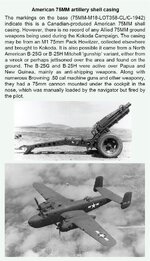kellyfamille
Recruit
- 4
- Jun 20, 2024
Looking at the operation of the 75mm in both the B-25G and B-25H how did the gunner remove or secure the spent casings? Were they ejecetd through a port or secured somehow in the ammo rack or other container?
Any help on this would be great.
Kellyfamille
Any help on this would be great.
Kellyfamille

